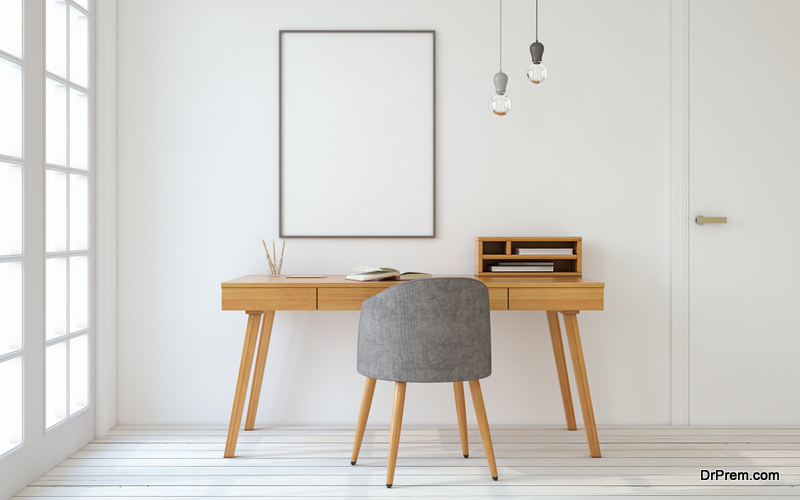With a growing number of people working from home all over the world, designing a home office from scratch has become big business.
There’s a lot more to think about than where you’re going to sit and put your desk. This article details all the factors you should consider designing the ideal home office for you.
1. Create A Critical Needs List
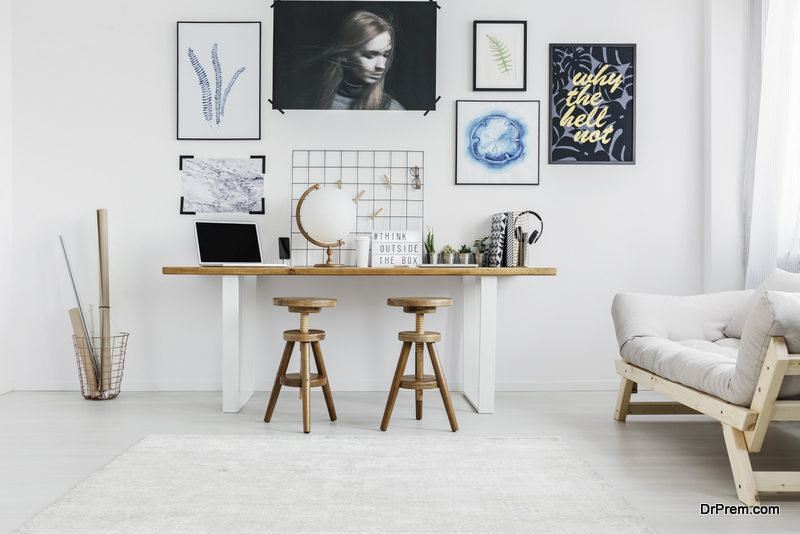 The first place to start is to write down a list of all the essentials you need to do your job. This “critical needs list” will be the blueprint from which you create and design your home office.
The first place to start is to write down a list of all the essentials you need to do your job. This “critical needs list” will be the blueprint from which you create and design your home office.
2. Locate A Space
The location of your office will have a significant effect in how you design your home office and in the way you work. Ideally, you want a quiet space with enough room to house everything you need to perform your job efficiently.
A back bedroom or converted loft is the most suitable choice, especially if you have a young family that are likely to distract you with noise – and questions like, ‘can I have a biscuit?’
Alternatively, find a quiet corner where you can store books and folders and have enough space to utilize your work tools. Make the best use of limited space with walls shelves and corner furniture.
3. Invest in Ergonomic Furniture
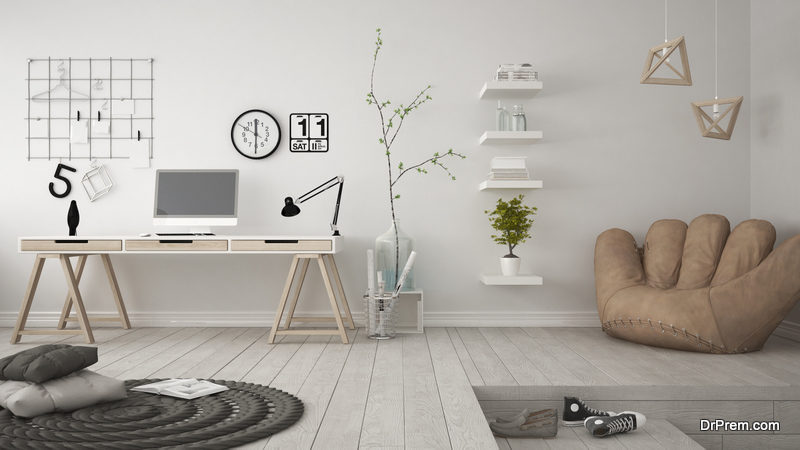 Sedentary jobs take their toll on the musculoskeletal structure as you age. Office jobs are often the cause of posture-related problems, so it’s worth investing in ergonomic office furniture that supports your back, shoulders and hips.
Sedentary jobs take their toll on the musculoskeletal structure as you age. Office jobs are often the cause of posture-related problems, so it’s worth investing in ergonomic office furniture that supports your back, shoulders and hips.
It’s also worth buying ergonomic accessories such as a footrest, lumbar support pillow and a keyboard pad that supports your wrists whilst typing.
4. Clutter Control
A cluttered office can also clutter the mind, cause stress and impact on your productivity.
When designing an office from scratch, don’t overlook the fact that everything needs a place so you can keep your workspace tidy. Desks with draws and shelves are useful together with folder holders, a pen and a tidy file tray.
5. Natural Lighting
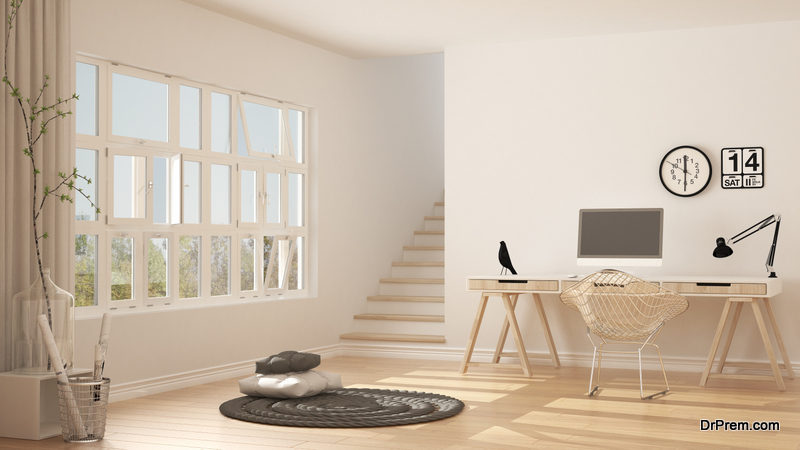 Sunlight has an important effect on your circadian rhythm and can impact your quality of sleep. Psychological studies have determined that people that are exposed to natural light throughout the day typically sleep better.
Sunlight has an important effect on your circadian rhythm and can impact your quality of sleep. Psychological studies have determined that people that are exposed to natural light throughout the day typically sleep better.
You should ideally position your desk next to a window that receives natural sunlight – but preferably with your back facing the window so you are not distracted by whatever is happening outside.
6. Wall Lighting
Whilst natural light supports your health during the day, you will find that late nights and the winter months requires you to work under artificial lighting.
Overhead lights can create a glare of computer screens, bounce off paper or cast shadows across a page. The strain is damaging to your eyes.
Ambient wall lights provide a solution as they provide sufficient amounts of light without interfering with your ability to read.
7. Air Quality
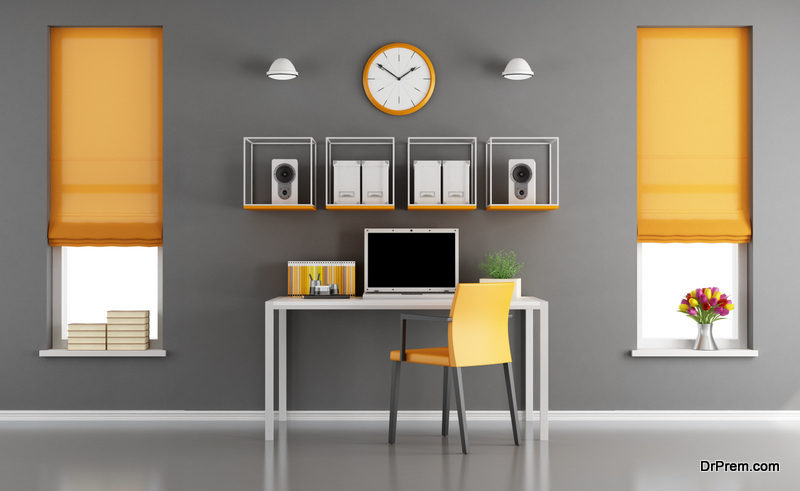 Scientists have linked poor air quality in offices with a downturn in performance because air pollution impairs cognitive function.
Scientists have linked poor air quality in offices with a downturn in performance because air pollution impairs cognitive function.
If possible, install a form of ventilation that promotes the flow of natural air. A dehumidifier or fan is ideal. Plants also help to keep the air quality of the room fresh.
The more space you have, the easier it is to create a home office from scratch. For those of you with less space, seeking the advice of professional interior designers is the best option.
Article Submitted By Community Writer


